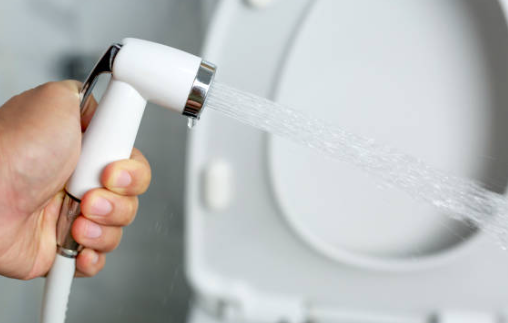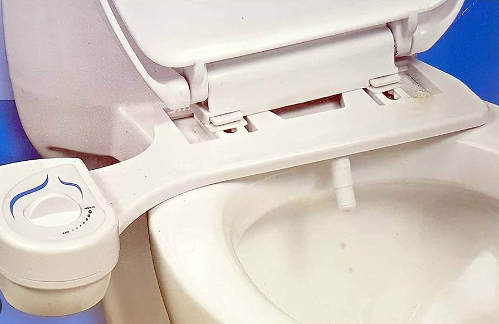Bidets, those curious yet fascinating fixtures often associated with European luxury and avant-garde toilet innovation, have been gradually infiltrating bathrooms across the globe.
However, there is a lingering question that might make you raise an eyebrow.
Do bidets get poop on them?
It’s a quirky query, but it’s also one that has led to a myriad of misconceptions surrounding bidet cleanliness.
Bidets are designed to clean and wash the genital and anal areas after using the toilet. When used properly, bidets should not get poop on them.
The water jet from a bidet is typically aimed at the perineal area and directed away from the anus, which helps prevent any fecal matter from splashing onto the bidet itself.
Additionally, bidets often have adjustable water pressure settings, allowing users to control the intensity of the water stream for a thorough and clean wash without any mess.
However, it’s important to note that accidents can happen, especially if the bidet is not used correctly or if the user is not properly positioned.
To avoid any potential issues, it’s recommended to use toilet paper to remove any excess fecal matter before using a bidet. This can help ensure a cleaner and more hygienic experience while using a bidet and minimize the risk of getting poop on the bidet.
Regular cleaning and maintenance of the bidet are also essential to keep it in a sanitary condition.
Understanding Bidets and their Mechanisms
Before we wade into the muck of bidet hygiene concerns, let’s demystify the enigma of bidets themselves.
These devices come in various forms, from the grandeur of standalone units that bear an uncanny resemblance to miniature thrones, to the sleek and sophisticated electronic bidets that seem to have taken design inspiration from the command center of a futuristic spaceship.
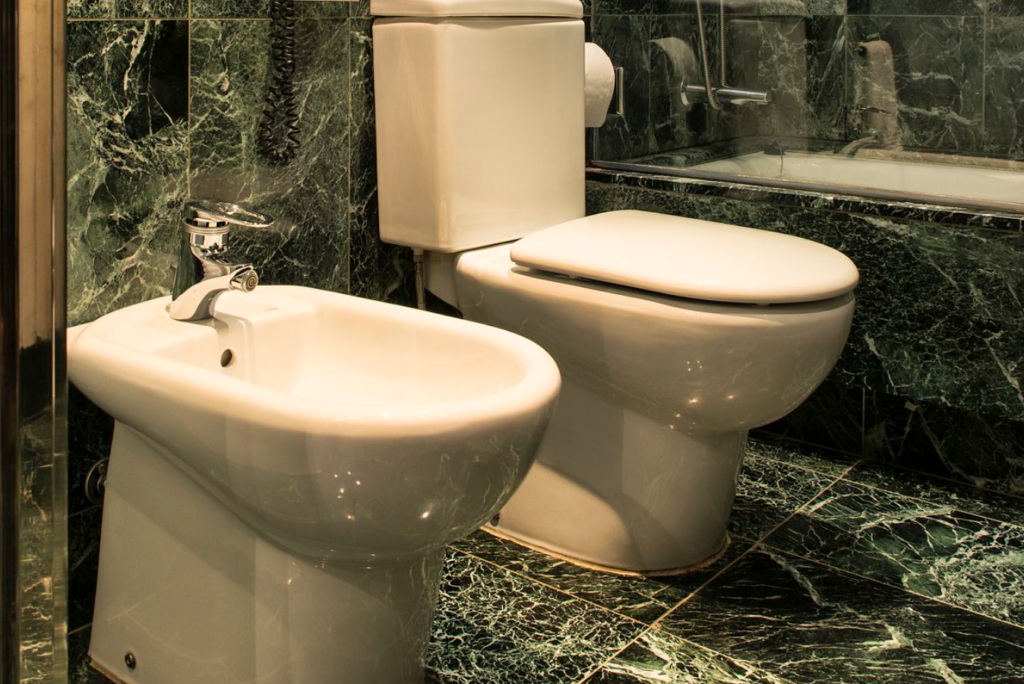
Their purpose, however, is consistent: to facilitate thorough hygiene by providing a refreshing water cleanse to your posterior.
In the world of bidets, variety is the spice of life. The mechanisms of these contraptions are not as complex as rocket science, yet they serve an essential purpose.
Essentially, a gentle stream of water is directed toward your private regions to facilitate a comprehensive cleaning process.
Whether you’re going for the old-school elegance of a traditional bidet or embracing the technological marvel of an electronic bidet, the core objective remains unchanged – to leave you feeling immaculately clean.
Also read: Why My Bathroom Smells Like Urine After Shower
Bidet Usage Process
Picture this: you’ve completed your bathroom business, and now it’s time to explore the world of bidet hygiene.
Unlike the traditional paper-shuffling routine, bidets offer a water-centric cleaning approach that’s both refreshing and efficient. The process may seem novel at first, but trust me, once you experience it, you’ll never look back.
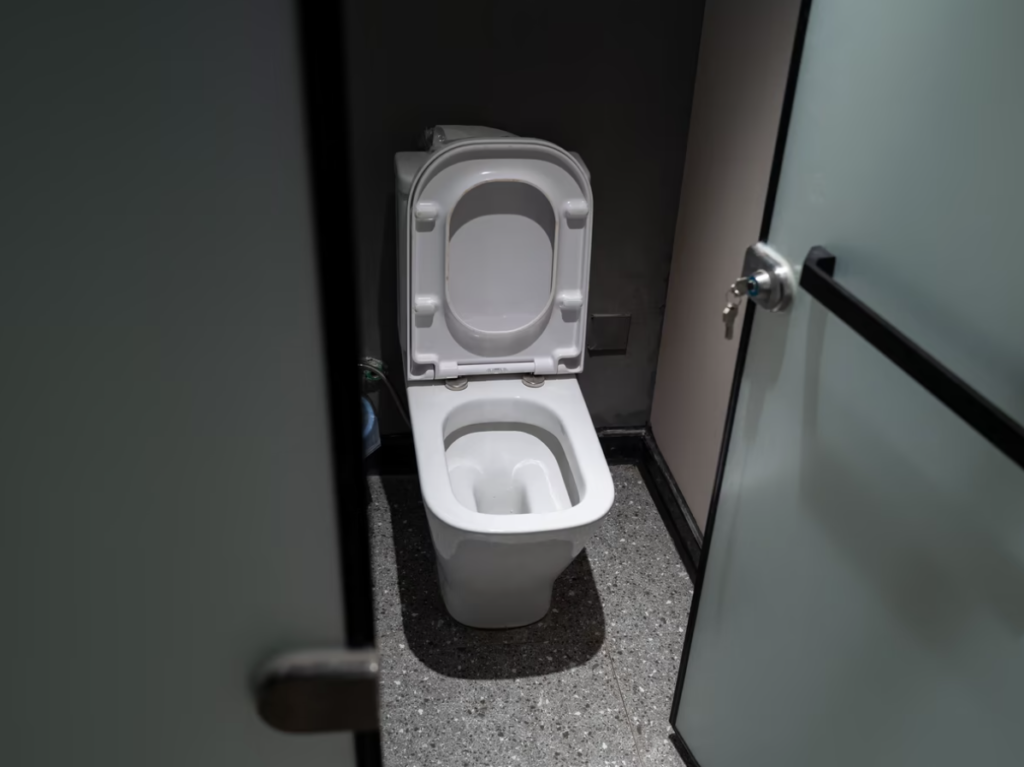
Here’s the lowdown on the process: you take a seat, preferably on a bidet-equipped throne, and initiate the cleansing ceremony. As the water flows, it wraps you in a cocoon of cleanliness, gently rinsing away any impurities.
It’s an experience that combines both refreshment and humor – you can’t help but chuckle at the sensation. More importantly, the bidet ensures a thorough cleaning that leaves no stone, or shall we say “nook,” unturned.
Also read: How To Remove a Bathroom Sink Stopper
Bidet Hygiene and Cleaning Mechanisms
Let’s talk turkey – or should I say, let’s talk bidet cleanliness. One of the prime concerns surrounding bidets is whether they retain traces of their cleansing endeavors.
Fear not, for modern bidets are designed with hygiene as a top priority. Many of them come equipped with self-cleaning features, where the nozzles artfully retract and sanitize themselves after each use.
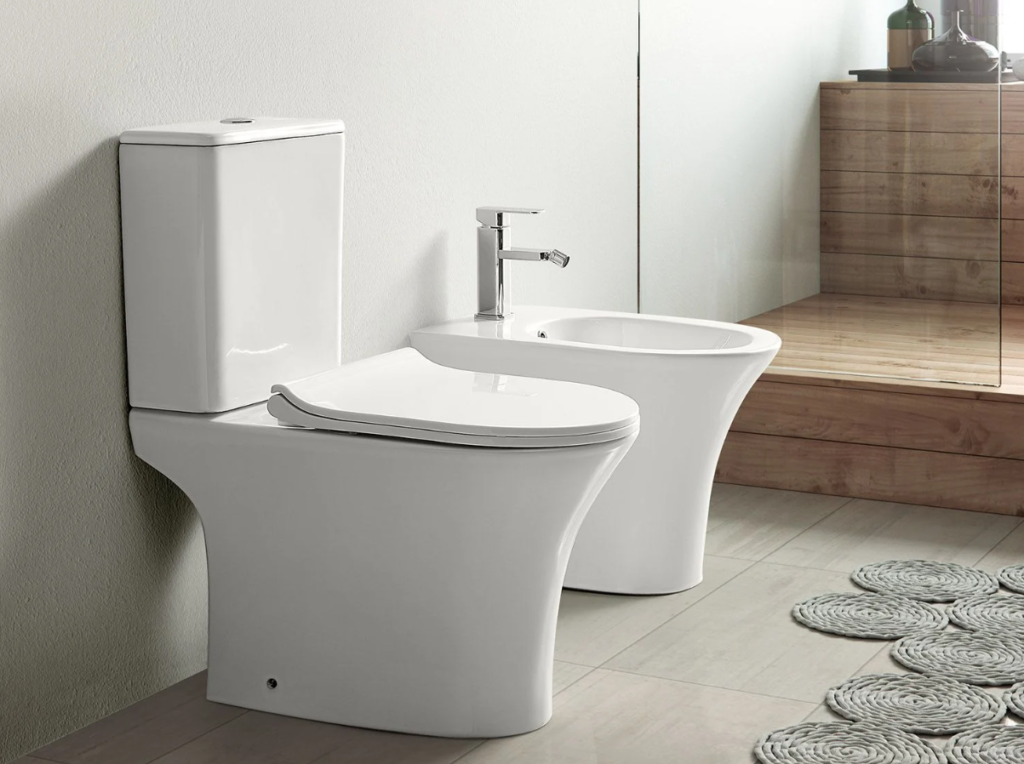
To take things a step further, some bidets are even armed with antibacterial materials, turning their arsenal against germs and pathogens.
Now, let’s compare this to the traditional toilet paper charade. I’ll be frank – toilet paper doesn’t exactly scream “hygiene superstar.” It often leaves behind unpleasant residue and requires endless wiping that can feel like an exercise in frustration.
Bidets, on the other hand, offer an efficient and gentle cleansing process, eliminating the need for vigorous wiping and preventing the discomfort often associated with abrasive paper.
Also read: How Much Does It Cost to Install a Saniflo Bathroom?
Busting Myths: Do Bidets Get Poop On Them?
Myth 1: Bidets are unclean and spread fecal matter
Ah, the classic bidet misconception – that they are breeding grounds for bacterial mayhem. Allow me to set the record straight. Bidets operate with a separate water source for cleansing purposes.
This means there’s no crossover between the water used for cleaning and the water present in the toilet bowl.
Scientific studies have shown that bidets are remarkably effective in reducing the bacterial presence, making them not just clean, but champions of hygiene.
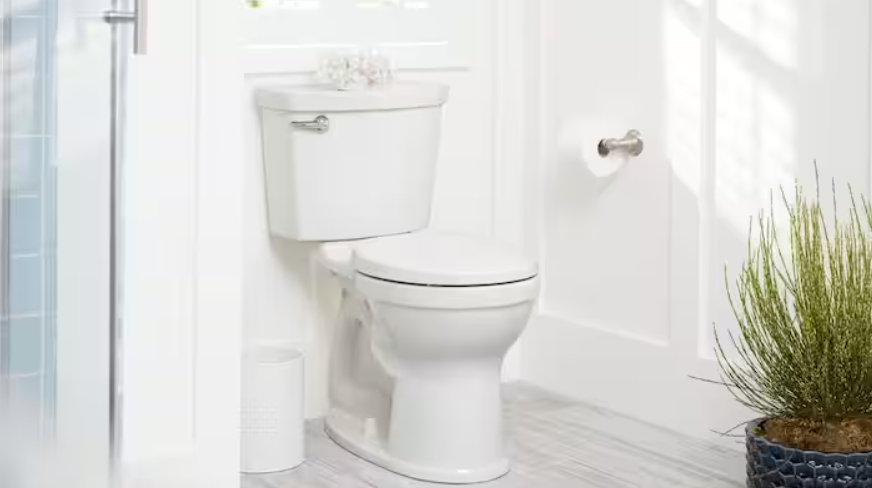
Also read: Bidet Water Pressure Too High (How to Fix It)
Myth 2: Bidet water can splash fecal matter around
This is where bidet engineering and precision shine. Bidet nozzles are strategically positioned to minimize any possibility of unsightly splashes.
Furthermore, most modern bidets offer controls over water pressure, enabling you to tailor the experience to your personal comfort.
Research reveals that bidet water containment is well within manageable limits, effectively putting to rest any worries of an uninvited “splash party.”
Myth 3: Bidets require additional cleaning due to poop residue
Let’s address this head-on. Bidets are designed to provide thorough cleaning, leaving minimal to no residue behind.
The water stream is specifically engineered to cleanse without the need for excessive wiping.
Bidets aim to ensure a pristine experience, and their meticulous cleaning process stands as evidence against the notion that they require post-usage scrubbing.
Also read: Is Bidet Water Cold?
Maintaining Bidet Cleanliness
Now, maintaining the pristine state of your bidet is essential. Just like any other bathroom fixture, bidets demand a certain level of upkeep.
Manufacturers provide cleaning guidelines that should be followed diligently. Incorporating simple routines, such as regular surface wiping and nozzle cleaning, is pivotal in maintaining bidet hygiene and longevity.
Comparing Bidet Hygiene to Traditional Methods
Beyond the realm of cleanliness, bidets exhibit numerous other commendable qualities. One of the most significant is their environmental impact.
Toilet paper consumption exacts a heavy toll on our forests. Bidets provide an eco-friendly alternative that significantly reduces paper usage.
Moreover, bidet usage often translates to less irritation and discomfort, promoting overall personal hygiene and well-being.
Also read: Why Does Toilet Paper Smell Bad?
While bidets are undoubtedly a game-changer in the world of personal hygiene, it’s important to acknowledge that they might not suit everyone’s preferences.
Some individuals might be sensitive to water pressure or temperature.
However, the technological advancements in electronic bidets offer options for customization to cater to diverse preferences.
Furthermore, bidet accessibility and inclusivity are becoming increasingly pertinent topics.
Manufacturers are actively designing bidets with features that cater to various needs, ensuring that everyone can enjoy the benefits of enhanced hygiene. In the evolving landscape of bidet technology, addressing concerns and accommodating diverse requirements is key.
Cultural and privacy concerns also emerge in conversations about bidets. Given their varying prevalence across different regions, bidet encounters can sometimes lead to cultural misunderstandings.
Additionally, concerns about privacy while using bidets are valid. However, bidet designs are evolving to encompass both comfort and discretion, providing users with the best of both worlds.
Also read: Do Bidets Have Dryers?
Conclusion
Bidets are on a transformative journey, transcending their status as luxury novelties to become staples of modern bathrooms.
As we traverse the terrain of bidet cleanliness, dispel myths, and unravel the wonders of this innovation, it becomes abundantly clear that bidets offer a hygienic, efficient, and environmentally conscious alternative to traditional methods.
So, the next time you ponder whether bidets host their own “poop party,” rest assured that these ingenious fixtures are designed to uphold both your personal hygiene and their own cleanliness standards.
As bidet technology propels forward and societal perspectives evolve, we may very well be witnessing the dawning of a new era in bathroom practices – one that’s both invigorating and environmentally mindful.
Also read: What is The Best Chemical to Clean a Bathroom?
Do bidets get poop on them?
Bidets are designed to clean the genital and anal areas without getting poop on them when used correctly. The water jet is typically directed at the perineal area, away from the anus, and adjustable water pressure settings allow users to control the intensity for a clean wash.
How do bidets compare to traditional methods in terms of hygiene?
Bidets offer an efficient and gentle cleaning process, eliminating the need for vigorous wiping associated with toilet paper. They are designed with self-cleaning features, antibacterial materials, and precise nozzle positioning to ensure thorough cleanliness without residue.
Do bidets spread fecal matter or require additional cleaning due to poop residue?
No, bidets operate with a separate water source for cleansing, reducing bacterial presence. Bidet nozzles are strategically positioned to minimize the possibility of splashes, and their cleaning process aims to leave minimal to no residue, eliminating the need for excessive post-usage scrubbing.


